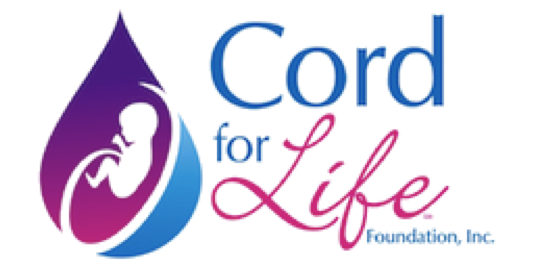Best Online Casino 2024 500 no wager bonus
The live dealer presses the button – represented by a football – to roll the dice. The journey through BetOnline’s offerings continues with an exploration of the ongoing promotions and offers that keep the excitement levels high for returning players. Browse all bonuses offered by Olybet Casino EU, including their no deposit bonus offers and first deposit welcome bonuses. New players wouldn’t know about them, so I’m sure to include any questionable casino history in my reviews.
For mobile players, you will notice that the interface and the game are fully optimized, regardless of the size of your screen. Like all live casino games, Football Studio Dice by Evolution Gaming is not available for free. However, you have the option to create an account on Olympe Casino to observe the progress of one or more games.
Olympe Casino reserves the right to review any customers account to ensure game play is within these generally accepted guidelines. Those found to be abusing bonuses will be welcome to continue playing, but will not be eligible for further bonuses. • Olympe Casino reserves the right to revoke and/or cancel any bonuses we judge may have been obtained by misuse of the system.
BetNuvo Casino Latest Online Casino for US Players
A casino's player support department is easy to forget about until you really need it one day. We do the homework on which support methods are available and test how well the reps actually know their casino. Every online casino player is an individual with their own priorities. It should go without saying, but we always recommend you stay away from any site that has been blacklisted. These sites might offer appealing bonuses and features that you like, but olympe-casinos.com they nearly always turn out to be unreliable and the likelihood of a pay-out is almost non-existent. Here at Top10Casinos we class a new casino as a site that has launched within the last 12 months.
Je profite de mon Bonus
These are new gaming platform that we review on a regular basis to see if they meet our strict criteria. We provide you with honest and up to date information on each of them so you can make an informed decision. If a site is classed as a new casino then you know it has been in operation for less than a year. As Halloween approaches, Olympe Casino has created a special section featuring 40+ horror-themed slots.
This can allow you to familiarize yourself with the game before getting started. Yes, new players at BetOnline can enjoy welcome bonuses such as a 50% free play bonus for non-crypto deposits and a 100% match for cryptocurrency deposits, along with promotions for casino and poker players. Yes, BetOnline is a legally operating online casino and sportsbook with a Panama gambling license, allowing it to cater to players in 49 US states, except New Jersey.
+25 Table And Card Games Available On Olympe Casino
We would say Olympia Casino has a good customer support based on the responses we have received during our testing. As a big football fan, I was delighted to discover this concept that combines dice games with my favorite sport. Although the game can sometimes lack dynamism, the presence of a live dealer is a real plus. The exciting exchanges I had with other players about football were also very enjoyable. While BetOnline is not licensed in individual states, it offers services that align with the preferences of U.S. players, showcasing its adaptability and determination to cater to this market.
Once the withdrawal request is processed, how long does the casino take for final validation?
Legally available in 49 states, BetOnline navigates the complexities of U.S. gambling laws, with New Jersey being the only state where it does not operate due to specific regulations. Players are always advised to check their local laws before engaging with BetOnline, ensuring that they remain compliant with the legalities of online gambling. BetOnline operates within the gray area of the U.S. gambling industry, holding a license from Panama while catering to American players without state-sanctioned authorization. The legal landscape for betting in the United States is a patchwork of state regulations, with each state determining the legality of sports betting following the repeal of PASPA in 2018. Bonuses and promotions are integral to the BetOnline experience, not just in the poker room but across the entire platform, offering enticing opportunities for all players to boost their gaming and betting endeavours. These games provide engaging gameplay and the chance to win big with their bonus features.

